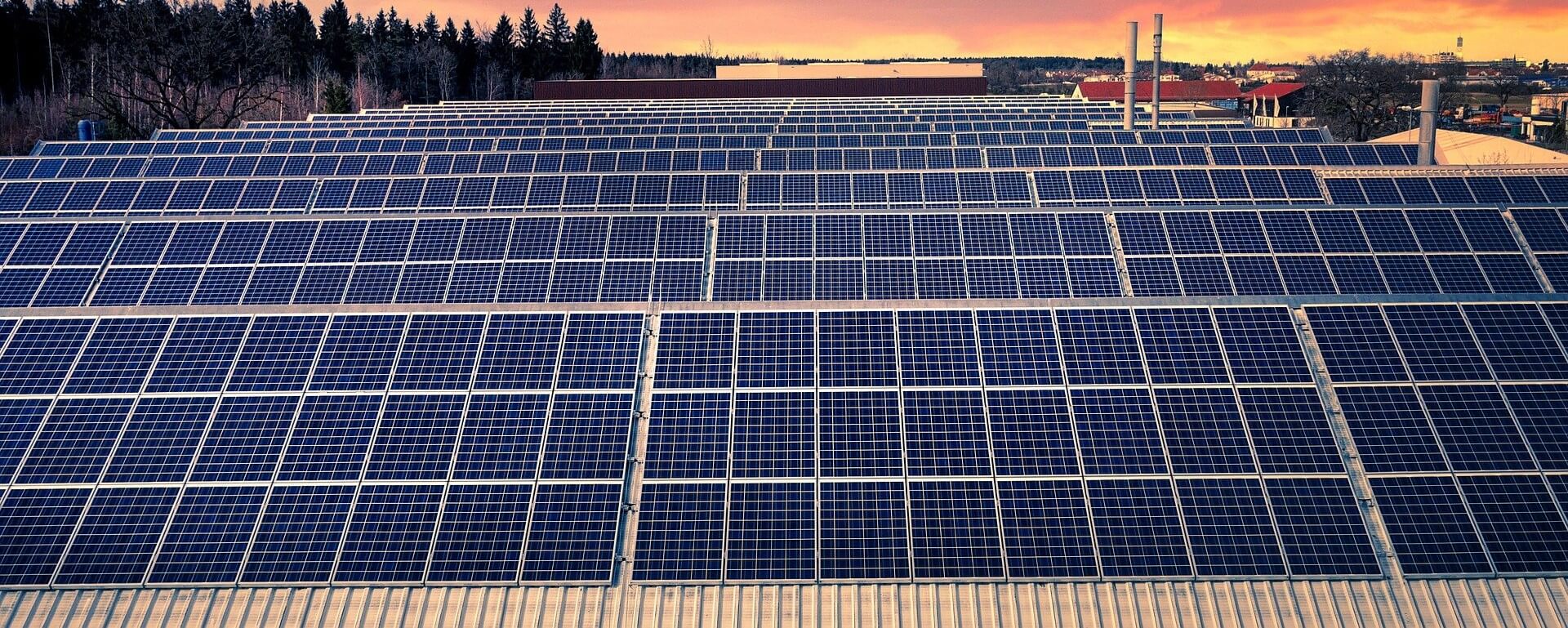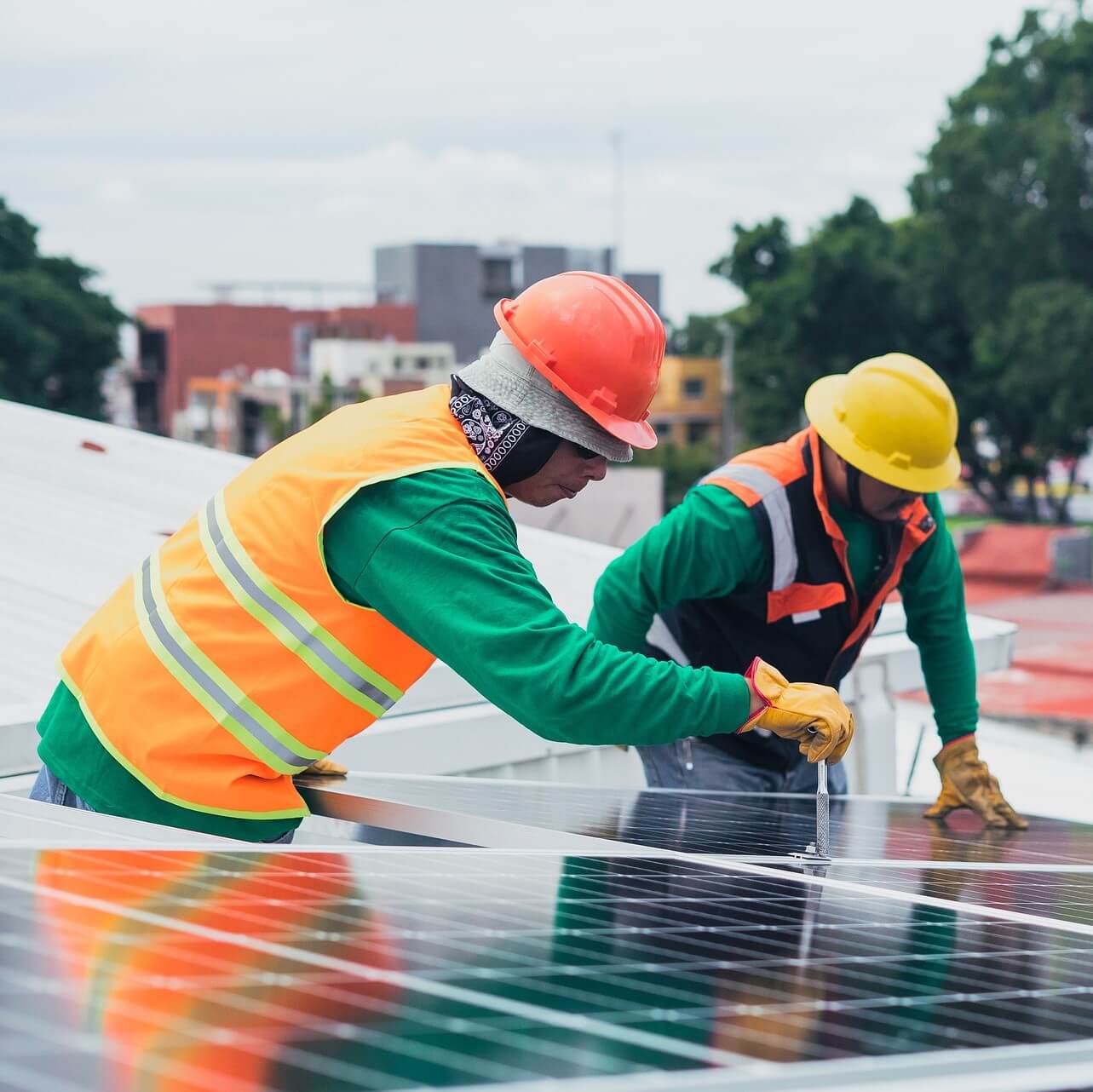Solar FAQ's (Part 2)

How to become a solar installer?
There are multiple paths to becoming a solar photovoltaic (PV) installer, or PV installer. These workers typically need a high school diploma, but some take courses at a technical school or community college; they also receive on-the-job training lasting up to 1 year. Some PV installers learn to install panels as part of an apprenticeship.
 Education
Education
PV installers typically need a high school diploma. Some PV installers take courses at local community colleges or technical schools to learn about solar panel installation. Courses range from basic safety and PV knowledge to system design. Although course length varies, most usually last a few days to several months.
Some candidates, especially those with construction experience, enter the field by taking online training courses.
Training
Some PV installers learn their trade on the job by working with experienced installers. On-the-job training usually lasts between 1 month and 1 year. During training, PV installers learn about safety, tools, and PV system installation techniques.
Electrician and roofing apprentices and journey workers may complete photovoltaic-specific training modules through apprenticeships.
Solar PV system manufacturers may also provide training on specific products. Such training usually includes a system overview and proper installation techniques for the manufacturer’s products.
Military veterans may benefit from the Solar Ready Vets program, which is funded by the U.S Department of Energy and prepares veterans to connect with training and jobs in the solar industry.
Work Experience in a Related Occupation
Experience in construction may shorten a new employee’s training time. For example, workers with experience as an electrician, roofer, carpenter, or laborer typically already understand and can perform basic construction duties.
Solar photovoltaic installers held about 11,800 jobs in 2020. The largest employers of solar photovoltaic installers were as follows:

Licenses, Certifications, and Registrations
Some states require a license for PV installers. Contact your state’s licensing board for more information.
PV installers must travel to jobsites, so employers may require them to have a driver’s license.
Although not required for employment, certification demonstrates competency in solar panel installation. The Electronics Technicians Association, International (ETA) and the North American Board of Certified Energy Practitioners offer certification for PV installers. Some states require that for projects to qualify for solar-related subsidies, all PV installers working on the projects must have certification.
Advancement
Important Qualities
- Ability to work at heights. PV installers often must work on roofs, ladders, or lifts that are far above the ground.
- Communication skills. PV installers need to convey information effectively to clients, team members, and other workers.
- Detail oriented. PV installers must carefully follow instructions to ensure that the system works properly.
- Math skills. PV installers use algebra, geometry, and trigonometry to calculate angles, measurements, and areas.
- Mechanical skills. PV installers work with complex electrical and mechanical equipment in order to build support structures for solar panels, connect the panels to the electrical system, and troubleshoot problems.
- Physical stamina. PV installers are often on their feet carrying panels and other heavy equipment. Especially when installing rooftop panels, workers may need to climb ladders many times throughout the day.
- Physical strength. PV installers must lift heavy equipment and materials weighing up to 60 pounds.

Solar + Battery Storage
Solar panels have one job: They collect sunlight and transform it into electricity. But they can make that energy only when the sun is shining. That’s why the ability to store solar energy for later use is important: It helps to keep the balance between electricity generation and demand. Lithium-ion batteries are one way to store this energy—the same batteries that power your phone.
Why lithium?
There are many ways to store energy: pumped hydroelectric storage, which stores water and later uses it to generate power; batteries that contain zinc or nickel; and molten-salt thermal storage, which generates heat, to name a few. Some of these systems can store large amounts of energy.
Lithium is a lightweight metal that an electric current can easily pass through. Lithium ions make a battery rechargeable because their chemical reactions are reversible, allowing them to absorb power and discharge it later. Lithium-ion batteries can store a lot of energy, and they hold a charge for longer than other kinds of batteries. The cost of lithium-ion batteries is dropping because more people are buying electric vehicles that depend on them.
While lithium-ion battery systems may have smaller storage capacity in comparison to other storage systems, they are growing in popularity because they can be installed nearly anywhere, have a small footprint, and are inexpensive and readily available—increasing their application by utilities. Growth in the electric vehicle market has also contributed to further price decreases given that the batteries are an essential component. In fact, more than 10,000 of these systems have been installed throughout the country, according to "U.S. Energy Storage Monitor: Q3 2018" from GTM Research, and they accounted for 89% of all new energy storage capacity installed in 2015.
What’s a solar-plus-storage system?
Many solar-energy system owners utilize battery storage so they can use solar energy at night or in the event of a power outage. Simply put, a solar-plus-storage system is a battery system that is charged by a connected solar array, the battery can also be charged by the grid.
Battery storage for backup power can also be purchased without solar, however, it cannot be recharged without the grid.
Off Grid Solar Applications
Many industries utilize off grid solar to power operations. It is common to collect and communicate data from remote areas like gas pipelines, rivers, railroads, traffic controls and security. Agricultural applications include well pumps for watering livestock.
Autonomous residential homes are growing in popularity utilizing efficient designs with on-site power production and storage. Solar is the safest and easiest power option to maintain off-grid living.
The fastest growing off-grid technology is the use of solar lighting. The evolution of efficient LED fixtures has opened the door for autonomous solar lighting applications for parking lots, streets, parks, schools and more. Eliminating the need to extend infrastructure and grid access greatly reduces the cost of installation and there’s no monthly bill.
Zero Export Solar (Zero Feed-in)
For high demand facilities and grid tied homes with storage, Zero-Export is one way to avoid the limitations of parallel generation and net metering restrictions. Zero-Export ensures no excess solar generation is returned to the grid, 100% of the energy is consumed by the facility, shed, or stored for future use. This can be achieved in a variety of ways. It is an ideal way to greatly reduce the cost of a constant base load.

